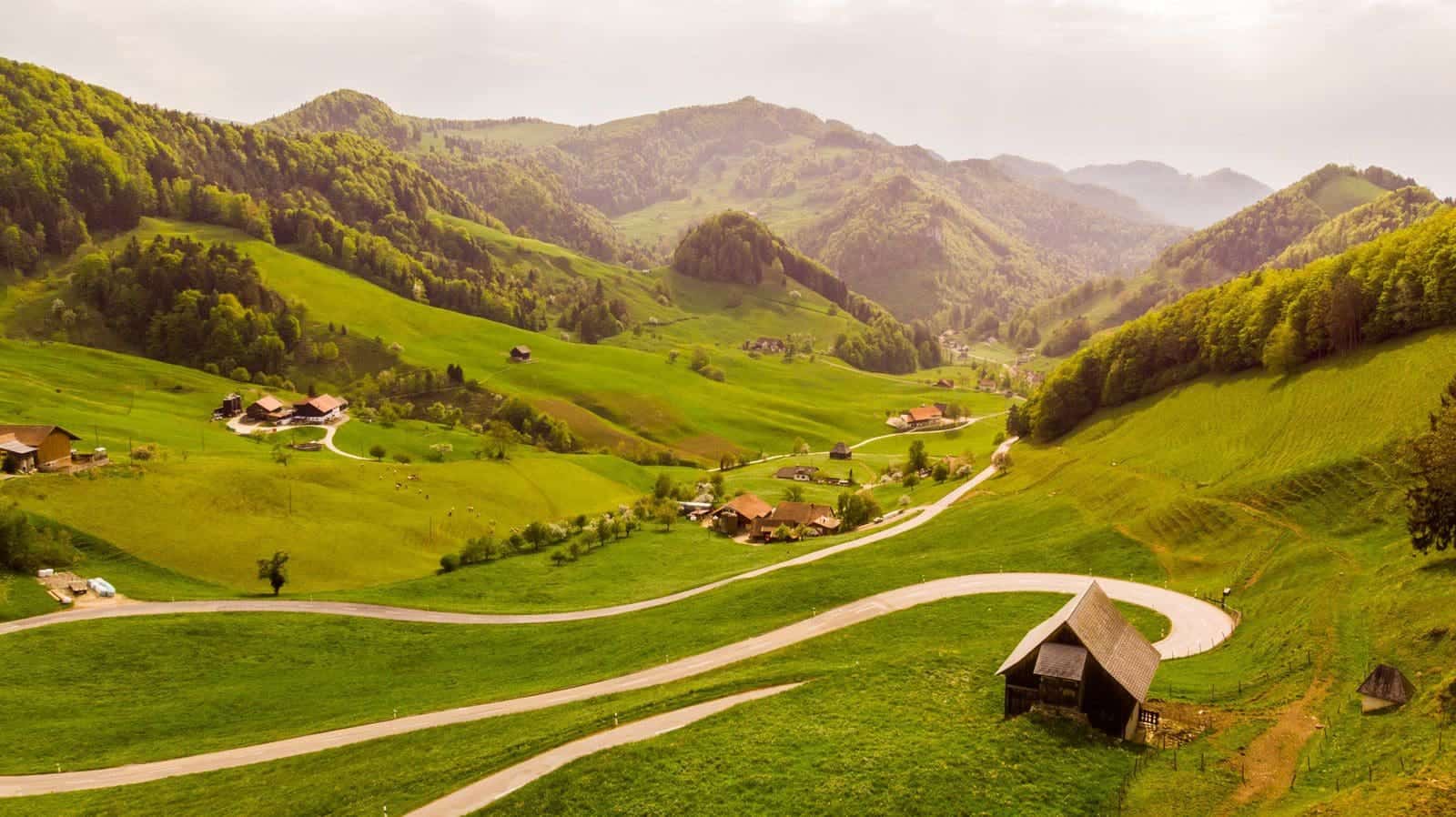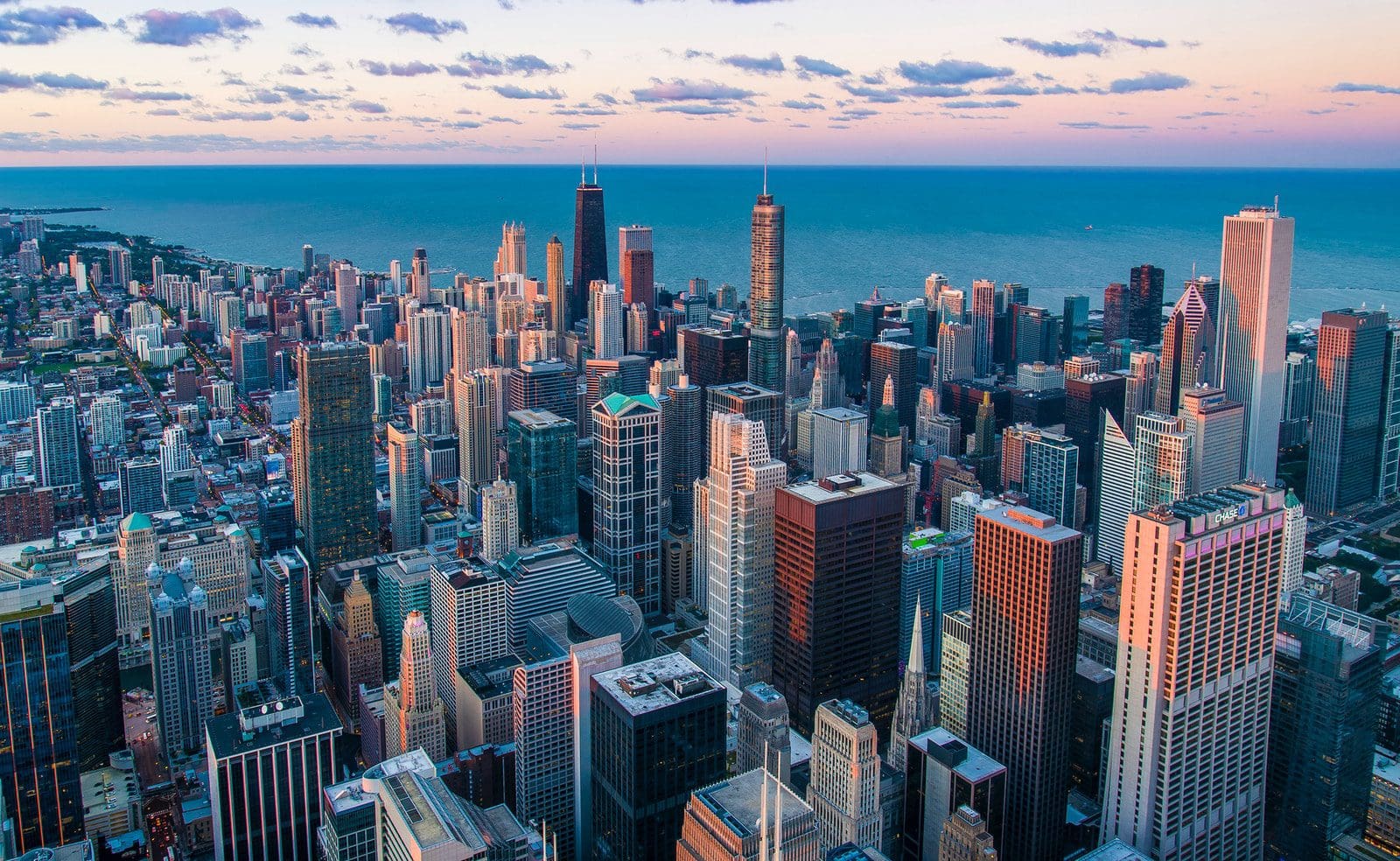Human civilisations have always been complex regarding social, cultural, residential, etc. behaviours. Early man gradually needed to establish networks with other beings, which developed society.
Early humans were confined to hunting and gathering; gradually, their body postures got lean, and their brains developed, due to which several inventions, such as discovering fire, were done.
There is a distinction between societies based on activities, population, developments, administered areas, etc.. predominantly, these are divided into urban and rural areas.
Key Takeaways
- Villages are smaller settlements with a close-knit communities, traditional lifestyles, and a focus on agriculture and local trade.
- Cities are large, densely populated areas with diverse populations, advanced infrastructure, and a wide range of economic, cultural, and recreational opportunities.
- The pace of life in a village is slower and more relaxed, while cities offer fast-paced environments with numerous opportunities for personal and professional growth.
Village vs City
A village is used to describe a small, rural settlement characterized by a closely-knit community and a mostly agricultural economy. A city is a larger, more urbanized settlement with a diverse population, a range of economic activities, and more complex social and political structures.

Comparison Table
| Parameters of Comparison | Village | City |
|---|---|---|
| Unit of | Part of the rural area. | Part of the urban area. |
| Population | Less population | Densely populated |
| Main/ basic occupational activities | Agricultural activities | Trade and commerce-related activities |
| Governing bodies | Panchayat is the only governing body. | Municipal corporations for welfare and law courts for justice. |
What is Village?
A village is a cluster of human settlements, smaller than towns. Villages are smaller governing units as compared to towns. Villages consist of smaller residences; the population is also less ( not more than 500 people).
These are based in rural areas, where the main occupational activity is considered agricultural (though it is not necessary).
The origin of villages can be traced from early human history, when agriculture started, cattle rearing and other domestic work.
Villages are not populated, houses over there are not too modern, neither have multi-floor buildings, and the livelihood of people of the village is relatively simple.
Their main occupation is agriculture, but following it is unnecessary. People have shops, some rear cattle, different smiths, doctors, etc. reside in a village.
Their local governing body is called ‘panchayat’. Members of the panchayat are residents of the same village and are chosen by a voting system.
The head of the panchayat is called the ‘sarpanch’, consisting of another four members along with the sarpanch. This governing body is responsible for taking decisions for the welfare of the people and resolving disputes of people.
The working of the village is quite simple, as are the people of the village. According to the 2011 census, a population of 286,119,689 people reside in villages or rural areas.

What is City?
A city is a human settlement which is larger than a village. A city is an urban area which is densely populated, and people of the city have quite busy lives.
Cities are important from the perspective of trade and commerce; it is seen that cities have more plans in terms of residences, roads, and other facilities. Cities are well-equipped with schools, colleges, hospitals, markets, malls, etc.
The origin of cities can be traced back to when people of rural civilisations wanted to set up a trade for their produce, for which markets were set up. Ports were made to export the products, and gradually these areas gained importance and got modern.
Trade and commerce are basic occupations in cities; city structures are complex cities with adjacent homes, colonies, apartments, multistorey buildings, offices, etc.
Municipal corporations govern cities; every city has their municipal corporation, and these corporations are responsible for the welfare of people, developments in all spheres.
However, the justice body of a city is different, as cities have law courts that come under the judiciary; even the slightest cases are handled by courts legally.
According to the 2011 census, a population of 377 million reside in cities. Some of them are migrants, and some are originally located in cities.

Main Differences Between Village and City
- The village is part of the rural area, whereas cities come under the urban area.
- Agriculture is the main or basic occupational activity of village people, while trade and commerce are the basic or main activity of city people.
- Villages are less populated. On the contrary, cities are densely populated.
- Villages have simple residential structures, whereas cities have pretty complex structures.
- Villages have panchayats as governing bodies, while cities have municipal corporations and law courts for justice.

- https://www.tandfonline.com/doi/pdf/10.1080/00045604209357229
- https://journals.sagepub.com/doi/abs/10.1177/016001768701100104

I appreciate the informative and detailed nature of this article. It’s an excellent rundown of the comparisons between villages and cities.
Couldn’t agree with you more, Kevin. This article is a phenomenal resource.
Absolutely. It’s a fantastic, well-researched piece. Thank you for sharing.
I found the contrast between villages and cities quite fascinating. It’s interesting to see how different types of settlements shape our lives.
Well said, Benjamin. It’s truly thought-provoking information.
I couldn’t help but chuckle at the humorous yet educational tone of this piece. A great read!
I agree, Maisie. Informative and entertaining all in one.
Such a well-written account of the differences between villages and cities. I particularly enjoyed the references. They made the article feel researched and credible
I completely agree with you, Emily. The references helped drive the point home
Such a comprehensive explanation! This article is a must-read for anyone interested in urban and rural living.
The authors’ ability to objectively showcase the differences between villages and cities is commendable. Great work!
Agreed. What a well-written and insightful piece.
Couldn’t have said it better myself, Mike. This article is top-notch.
I found this article quite informative. It highlights the main differences between villages and cities and provides a detailed explanation of each.
Yes, this is a very educational article. It’s always enlightening to learn about different forms of human civilization.
I agree, Karl. I appreciate the thoroughness of the article.
I think the authors did a phenomenal job of outlining the defining characteristics of both villages and cities. This information is invaluable.
Absolutely, Vicky. I thoroughly enjoyed reading this piece.
Very well written and remarkably insightful.
There’s a great balance in this article of comparing and contrasting both villages and cities. It really allows readers to understand both perspectives clearly.
I couldn’t agree more, Sanderson. This article is extremely well-rounded.
Yes, the comparison is quite thorough. Well done!